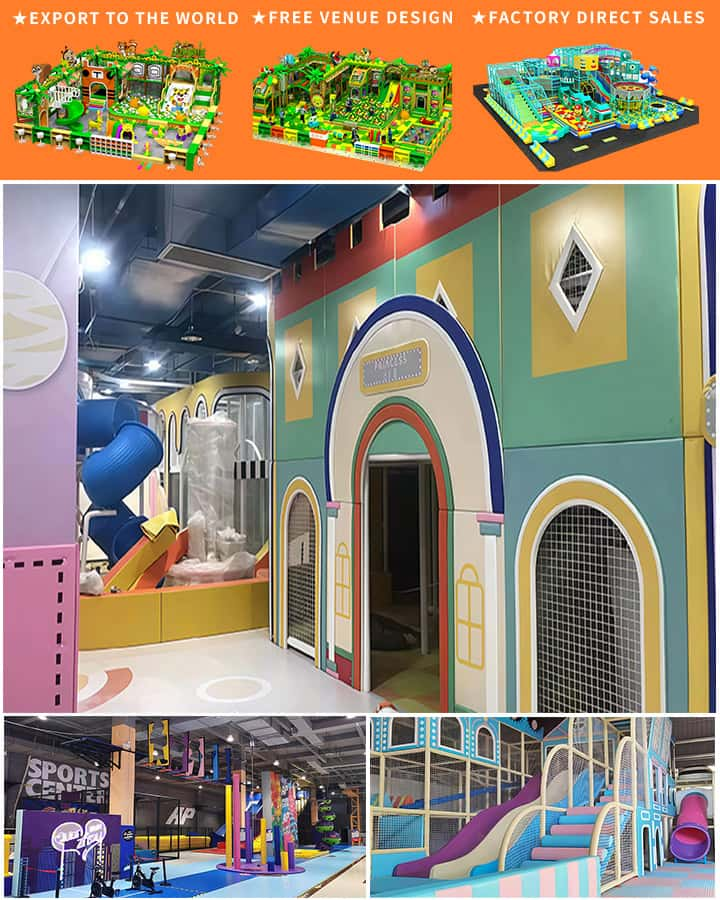When you think about the cost of children’s playground equipment, it’s easy to envision a simple price tag attached to a swing set or slide. However, the true cost goes far beyond initial expenses, encompassing various factors that contribute to the overall value and longevity of these recreational assets. This article explores the multifaceted costs associated with children’s playground equipment, helping parents, schools, and community organizations make informed decisions.
Initial Investment
The first aspect to consider is the initial investment required to purchase the playground equipment. Prices can vary widely depending on the type, quality, and brand of the equipment. Basic items like single swings or seesaws may start at a few hundred dollars, while larger, more complex structures like climbing frames and playhouses can easily run into thousands. For instance, high-quality modular playground sets can cost anywhere from \(5,000 to \)20,000 or more, depending on size and features.
Installation Costs
Purchasing the equipment is only one part of the equation; installation is another significant cost factor. Professional installation ensures that the playground is safe and meets regulatory standards, which often requires specialized labor. Depending on the complexity and size of the playground, installation costs can range from a few hundred dollars for small setups to several thousand for larger, comprehensive playgrounds. It’s essential to include this in your budget to avoid unexpected expenditures.

Maintenance and Repairs
Once installed, playground equipment requires ongoing maintenance to ensure safety and prolong lifespan. Regular inspections and maintenance tasks such as re-surfacing, replacing worn-out parts, and repainting are necessary. Estimated annual maintenance costs typically range between 1% and 3% of the initial playground equipment cost. Over time, these costs accumulate, making it crucial to factor them into your financial planning.
Safety Surfacing
Safety surfacing is an integral component of any playground designed for children. Materials like wood chips, rubber mulch, sand, or synthetic turf provide cushioning to prevent injuries from falls. The cost of installing safety surfacing varies based on the material chosen and the area to be covered. Rubber mulch might cost around \(4 to \)10 per square foot, while poured-in-place rubber surfaces could go for \(8 to \)12 per square foot. Proper installation is critical to ensure the surfacing performs effectively and safely.
Longevity and Return on Investment
Quality playground equipment can last anywhere from 10 to 20 years if properly maintained. Although this involves upfront costs, investing in durable, high-quality materials can save money in the long run by reducing the need for frequent repairs or replacements. Additionally, well-maintained playgrounds can increase property values and enhance community appeal, offering a substantial return on investment.
Regulatory Compliance
Ensuring that playgrounds meet local, state, and national safety standards is another cost to consider. Compliance may require specific materials or designs, necessitating additional expenses. Non-compliance can lead to fines or legal issues, emphasizing the importance of adhering to regulatory guidelines from the outset.
Additional Features
Modern playgrounds often come equipped with added features like shade structures, interactive components, and inclusive designs for children with disabilities. While these enhancements improve play experiences and accessibility, they also add to the overall expense. Budgeting for these features early in the planning process can help manage costs effectively.
Conclusion
The cost of children’s playground equipment extends far beyond the initial price tag. From installation to maintenance, safety surfacing, regulatory compliance, and additional features, numerous factors contribute to the total expenditure. Careful planning and realistic budgeting are vital to ensure that playgrounds remain safe, enjoyable, and valuable long-term investments for children and communities alike. By understanding these diverse costs, stakeholders can make informed decisions that balance quality, safety, and affordability, ultimately creating enriching environments for young minds to thrive in.




